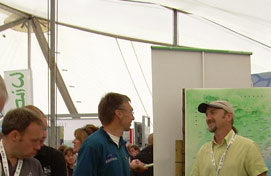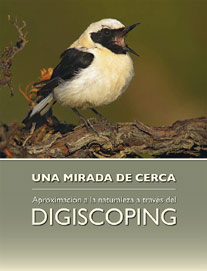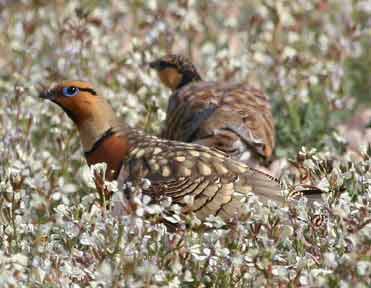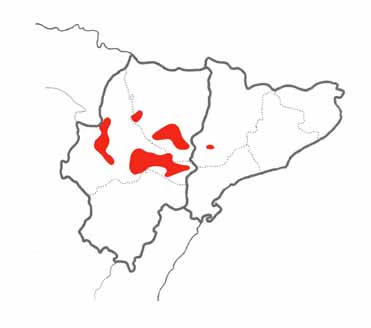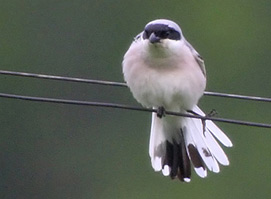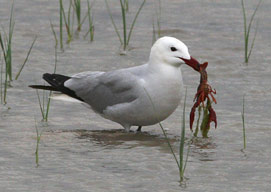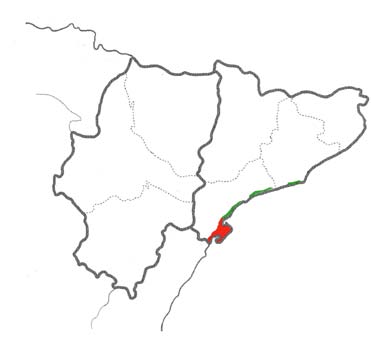Let’s face up to the facts: birders are mostly male. And most males grow up, many of them get married and form a family. At that stage they have to make a difficult decision: either give up birding or find a way of combining it with parental duties.
I consider the former option too drastic for general contemplation, so let’s look at how the latter can be achieved.
In between birding trips to exotic locations with the mates and bird clubs the birding father should assist in the programming of at least one family holiday where birds are not, apparently, the primary focus. In such cases it is better for the birding father to take an active part at the planning stage, rather than grumpily washing his hands of the whole thing and just going along with the plans the wife makes. Why? Well because then the birding father can actually have some say in the holiday destination.
If the wife is set on a classic beach holiday on the Costa del Sol but the father birder would much rather go to the Pyrenees then he has to offer something more than the possibility of seeing Lammergeier, Black Woodpecker and Citril Finch in order to tip the balance.
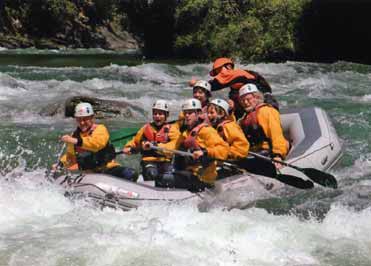
If the children are fun-loving and hyperactive, like most kids are, try tempting them with some of the activities that Yeti Emotions offer: rafting, hydrospeed, canoeing, ravine descent, mountain biking, horse-riding, archery, orienteering, even a trip in a hot air balloon.
Look at the full details on the Yeti emotions website
Or click on the link on the Aiguestortes East itinerary on the BirdingInSpain.com website.
It just so happens that the village of Llavorsí, where Yeti Emotions have their home base, is a short drive from the mountain village of Espot, the natural gateway to the eastern side of the Aigüestortes National Park. Here I can give you a very valuable tip: stay at the Roca Blanca Hotel.
I’ve stayed in this wonderful, tastefully furnished and very friendly hotel 3 times now. Twice with Naturetrek groups and once with the family. Josep and Anna are the proprietors and the managers of Roca Blanca and form an important part of the conspiracy that aims to make your stay an unforgettable one. Then there’s the fresh local produce offered for breakfast, with delicious croissants, yoghourts, cold meats and more; the mountain scenery, the peace and quiet, the spacious, delightful rooms and the local Scop’s Owls and Dippers too. Do not accept imations – there aren’t any.
From Espot do a spot of gentle trekking. There are too many options to mention, but one of my family favourites is to follow the path that goes from the car park at the Park’s entrance, follows a boardwalk through the forest, along the river, past meadows, a hermitage, and up to the lake of Sant Maurici. Recently we did this itinerary ourselves, and between competitions at finding the best formed pine cone, pine cone throwing contests, tree-girdling, orientation exercises, cooling off by the river, drinking from the spring and even a short introduction to bird song, we were at the lake before we realised. Excellent! And at the lake everyone had the chance of trying out their photographic abilities.
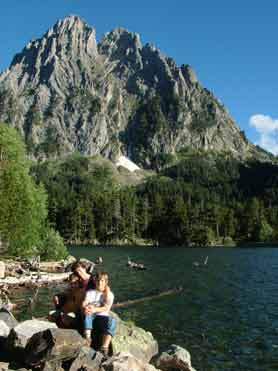
And the birds that we couldn’t help noticing? Citril Finch, Crossbill, Crested Tit, Black Woodpecker (calling). Well, not bad for a gentle introduction.
The next day, after an interesting and informative visit to the National Park visitor centre in Espot, follow the Son and Jou itinerary . For the first stop take a relaxed stroll around the tiny village of Estaís, admiring its narrow streets, stone houses and picturesque pocket-sized graveyard; and the surrounding fields, full of flowers and insect life. Try and get the family to help you spot the scarce and marvellous Apollo Butterfly and explain what the local Red-backed Shrikes do with grasshoppers when they’re not hungry.
Then continue on past Jou, and a little bit of adventure as you follow the track which winds its way up for more than 7 kilometres towards the forest refuge of Pla de la Font. Here father birder is in his element: take a walk through the black pine forest, gently imposing respectful silence on the family members, and if someone locates the scarce and shy Capercaillie, or the elusive Black Woodpecker, give them their just reward.
The grassy slope around the refuge is ideal for a picnic in the shade of a gnarled black pine, followed by a nice cup of tea or other refreshments in the forest refuge (if it’s open!). Take a sneaky look at the Ring Ouzel while eating your sandwich, and if you snooze a little try to keep one eye open for one of the Lammergeiers that often patrol this area. If so inclined, and able, climb and swing from a tree with the kids, and before heading back to the vehicle take in the breathtaking views from the nearby pass.
Lastly, put paid to the general idea that birders are insensitive to cultural heritage, monuments, or anything unrelated to birding, by stopping off at the village of Son to take in the wonderfully restored Romanic Church, and perhaps a party of Griffon Vultures sunning themselves on the rocks. Or a hovering Short-toed Eagle.
Remember the formula: Happy Children + Happy Wife = Happy Family Birding!
